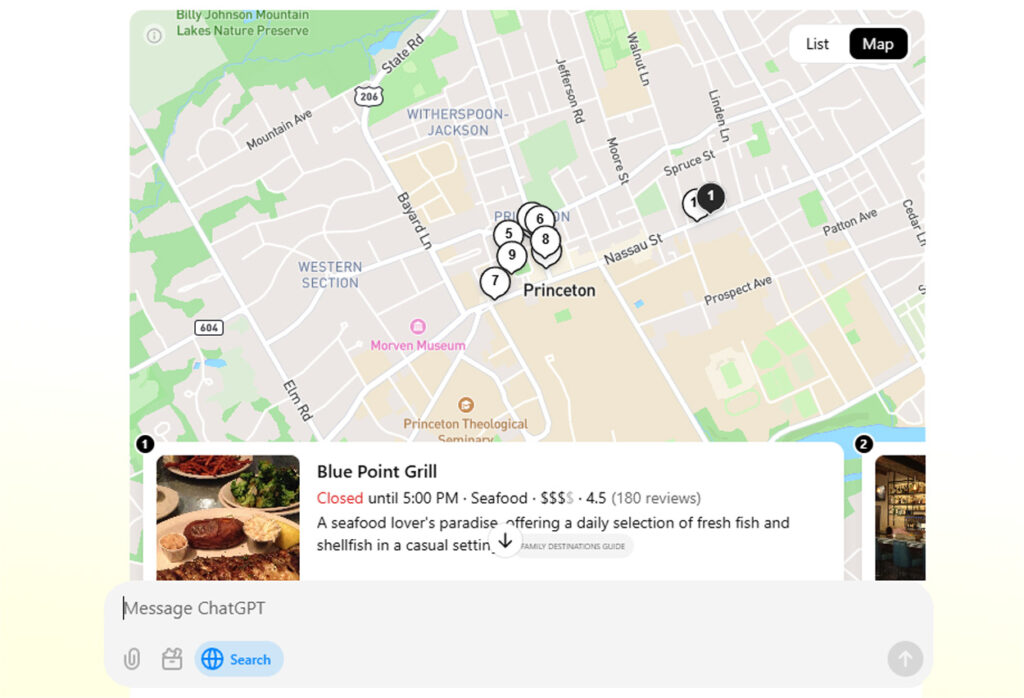The Twiddler That Didn’t Twiddle – How To Track Clicks and Click Through Rate For Google’s AI Overviews (if you have a manual action)
Yes, you read that correctly. There’s a loophole in Google right now where sites with manual actions are removed, or heavily demoted, from the 10-blue links but can still rank in AI overviews. And in a weird twist, that creates a unique opportunity to better understand clicks and click through rate for AIOs. That’s until … Read more











